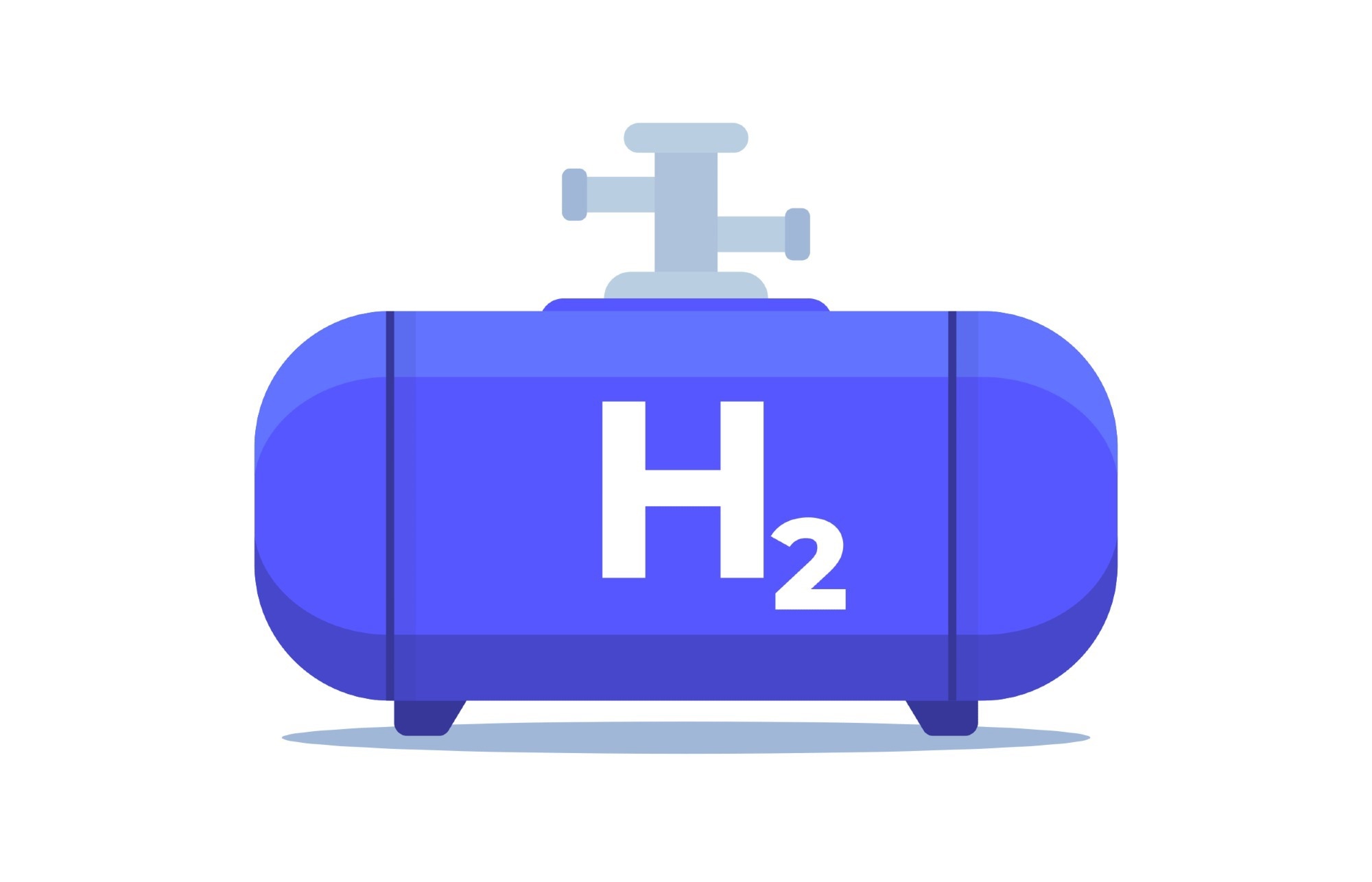A new paper published in The Journal of Physical Chemistry has evaluated the potential of copper-functionalized activated carbons as hydrogen storage materials. The research has been conducted by scientists from the California Institute of Technology and Swarthmore College in Pennsylvania.

Study: Hydrogen Adsorption and Isotope Mixing on Copper-Functionalized Activated Carbons. Image Credit: nexusby/Shutterstock.com
Background to the Research
Hydrogen storage technologies are an essential element of the transition to alternative fuels and net zero carbon emissions. These technologies require the design of suitable advanced materials which can efficiently absorb hydrogen for effective storage. Physisorbent materials provide fast, efficient, and reversible hydrogen storage.
Currently, however, there are major challenges associated with using physisorbent materials for this critical technological component of hydrogen fuel systems. Generally, they suffer from low levels of hydrogen uptake in ambient temperature conditions due to weak adsorbate-adsorbent interactions.
A strategy to improve hydrogen adsorption is to enhance the physisorbent material’s specific surface area. Current research has produced materials with a specific surface area of around 3000 m2/g. Strategies to further increase hydrogen storage density in physisorbent materials include enhancing the volume of micropores and surface features and functionalizing their surfaces.
Recently, researchers have focused on another strategy to enhance hydrogen uptake and storage. Physically modifying pore structures or surface feature chemical modification have been explored to increase isosteric heat and, consequently, the rate of hydrogen adsorption.
Amongst the materials considered for use as hydrogen storage options, hierarchical carbons have emerged as candidates due to enhanced enthalpy on bare graphite surfaces. Further modification of these materials with metal ions can potentially enhance the isosteric heat further and thereby improve H2 packing density on material surfaces, providing significant benefits for hydrogen storage technologies.
Precious and transition metals have been investigated as functional surface modifications, with mixed results. Doping activated carbon with various metals improves hydrogen uptake under ambient temperature conditions, but questions about how the metal’s dispersity influences the material’s adsorption capacity have gone unanswered.
The Paper
The new paper in The Journal of Physical Chemistry has attempted to determine how metal-modified adsorbents enhance hydrogen uptake. Three approaches were used by the authors to determine the effects at various temperatures.
Firstly, the authors quantitatively assessed the impact of transition metal functionalization on the material’s adsorption capacity as a function of temperature. Secondly, H2 adsorption mechanisms were determined, including how they differ as a function of temperature.
Thirdly, the paper investigated and explained isosteric heat declines in the Henry’s law regime as a function of pressure by utilizing isotope-mixing experiments. These experiments discriminate between physisorption and chemisorption as a function of temperature.
The authors functionalized carbon materials with Cu nanoclusters. Adsorption and desorption behaviors of the functionalized material and pristine carbon were compared in the temperature range of 77-400 K and pressures up to 10 MPa. Additionally, temperature-programmed isotopic hydrogen desorption was used.
Study Findings
Two distinct desorption behaviors were observed by the authors in these copper nanocluster-functionalized carbons. Specifically, hydrogen desorption was observed at two temperature peaks. The first peak, which occurred at 120 K, was associated with the physisorption of hydrogen on carbon, with the second peak at 310 K associated with chemisorption by copper.
The influence of hydrogen loading pressure on adsorption and desorption was revealed in the paper, with a significant effect on the desorption of hydrogen from copper strongly dependent on this factor. The authors recommended that to avoid this untoward hydrogen dissociation, low temperature and pressure hydrogen loading should be utilized.
Another key observation was the enhanced ambient temperature hydrogen uptake in the Henry’s law regime using Cu nanoclusters to functionalize the carbon materials. Thus, the adsorption enthalpy in the copper-modified carbon material was improved.
The paper demonstrated that the improved binding enthalpy of the copper-modified carbon material enhances hydrogen storage at low pressure and ambient temperatures. This binding capacity is better than pristine high-specific surface area carbons. A window at ambient temperatures wherein the thermal energy of gas molecules can overcome the dissociation activation energy barrier whilst having a low enough energy to adsorb to Cu nanoclusters exists.
In Summary
The paper demonstrates that copper functionalization improves the adsorption and desorption behaviors of high-specific surface area carbon materials, which have been widely proposed for hydrogen storage applications.
Thus, this material modification strategy can be considered to be a suitable method for constructing hydrogen storage equipment with significantly improved performance, which will be supremely beneficial for commercially viable hydrogen fuel and power systems. Further work to reduce the size of copper clusters will be beneficial for research into composite materials for this technological application.
More from AZoM: A Review of Modern Wastewater Treatment Methods
Further Reading
Quine, C.M et al. (2022) Hydrogen Adsorption and Isotope Mixing on Copper-Functionalized Activated Carbons The Journal of Physical Chemistry [online] pubs.acs.org. Available at: https://pubs.acs.org/doi/10.1021/acs.jpcc.2c02960
Disclaimer: The views expressed here are those of the author expressed in their private capacity and do not necessarily represent the views of AZoM.com Limited T/A AZoNetwork the owner and operator of this website. This disclaimer forms part of the Terms and conditions of use of this website.